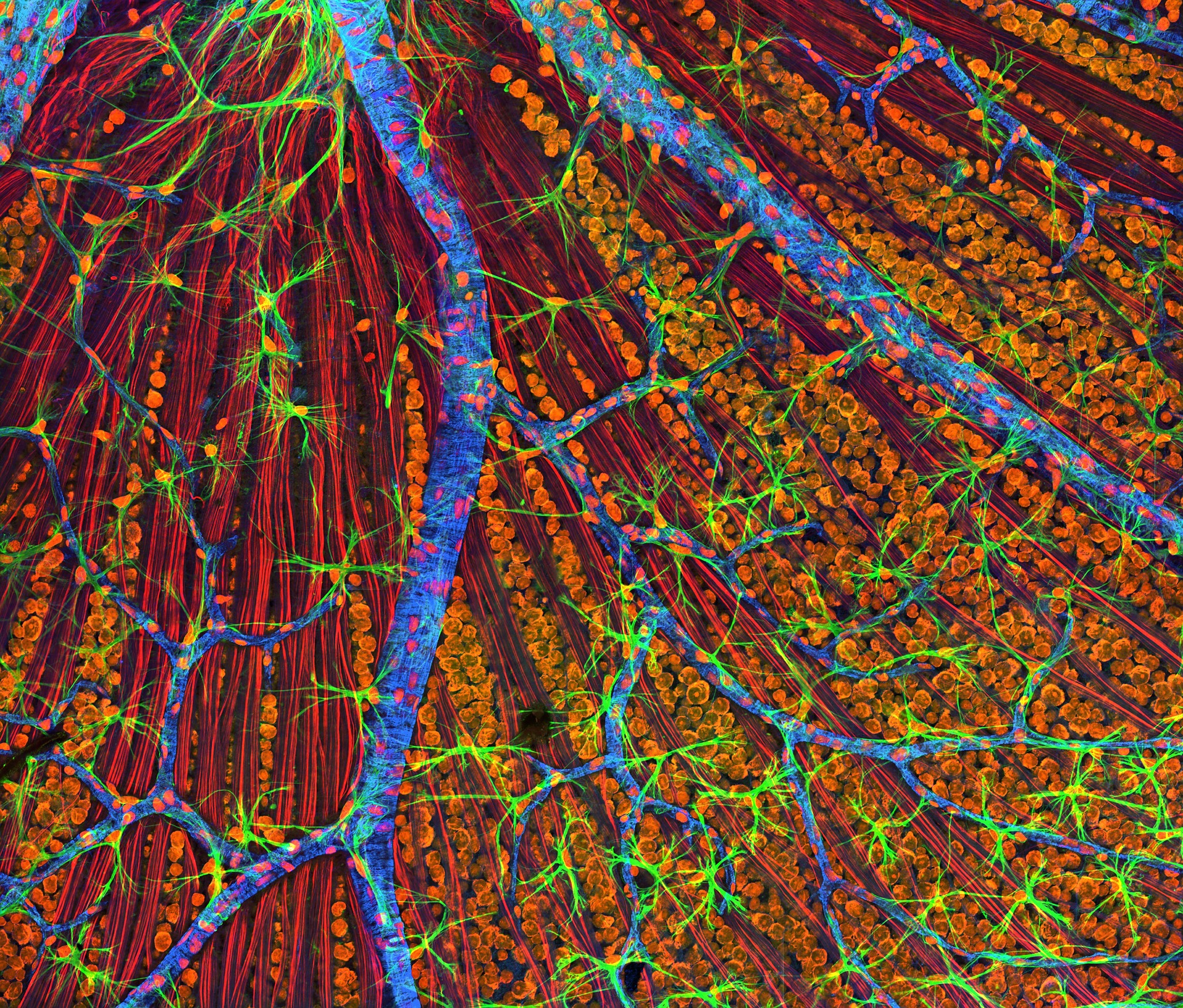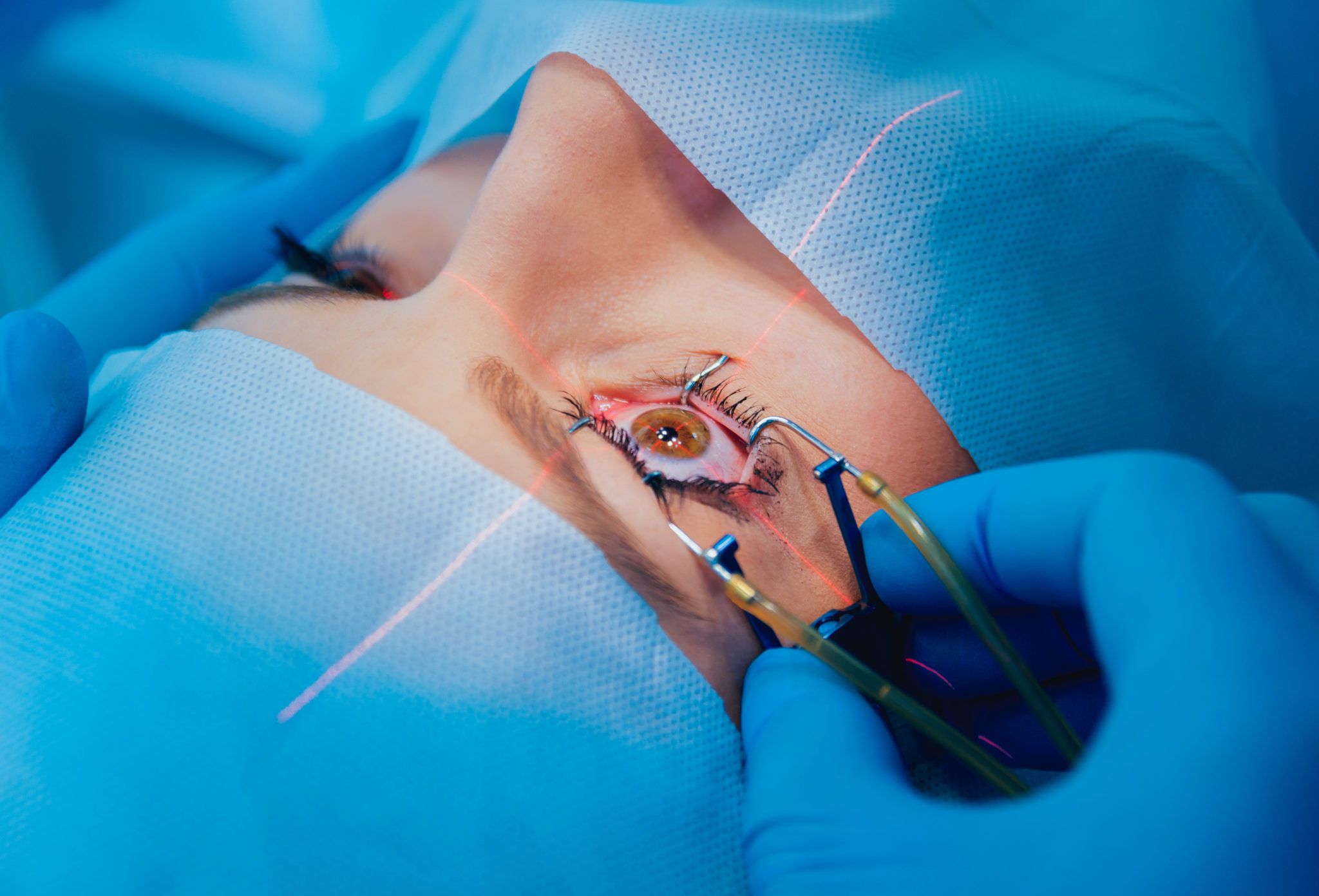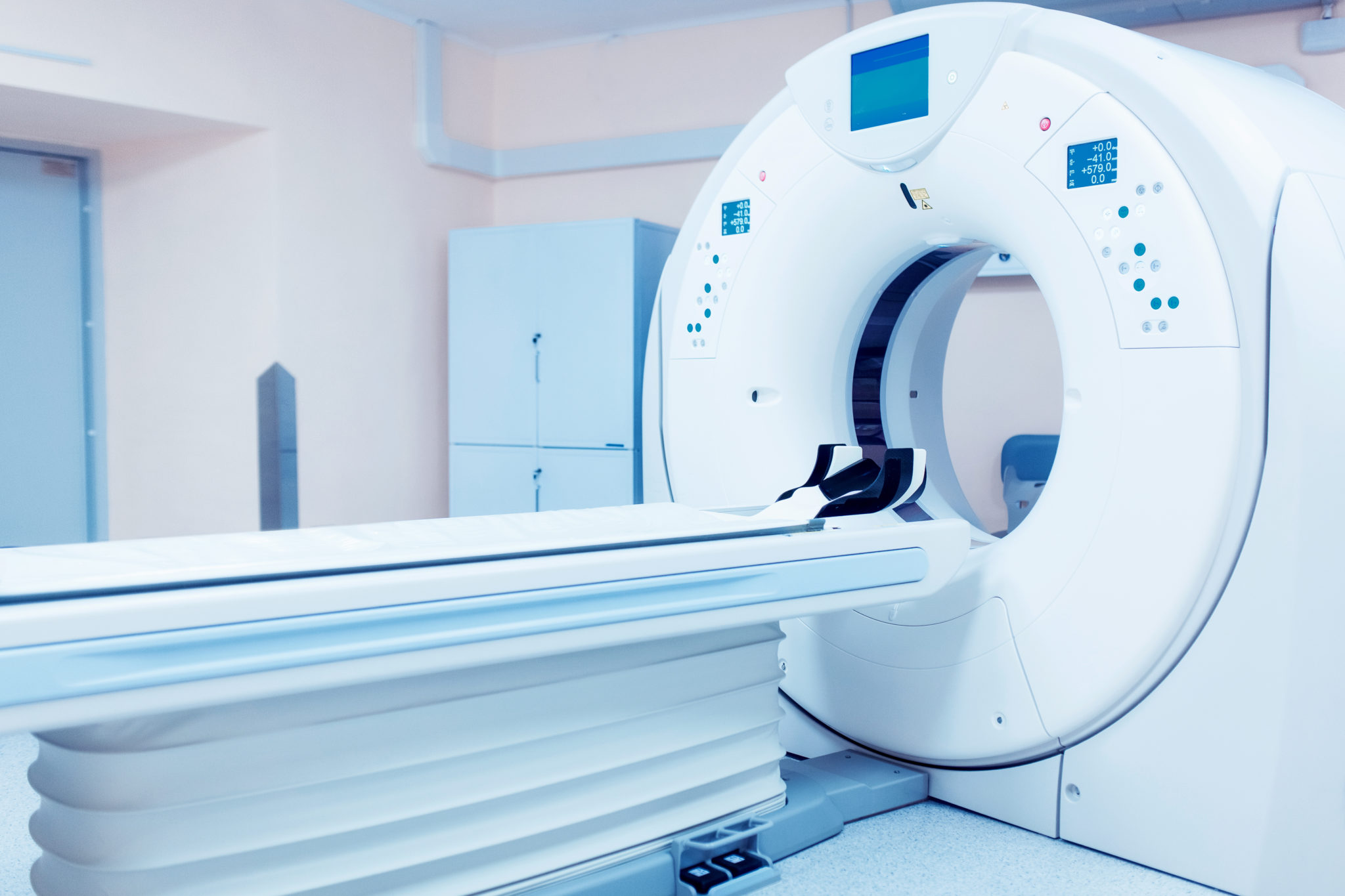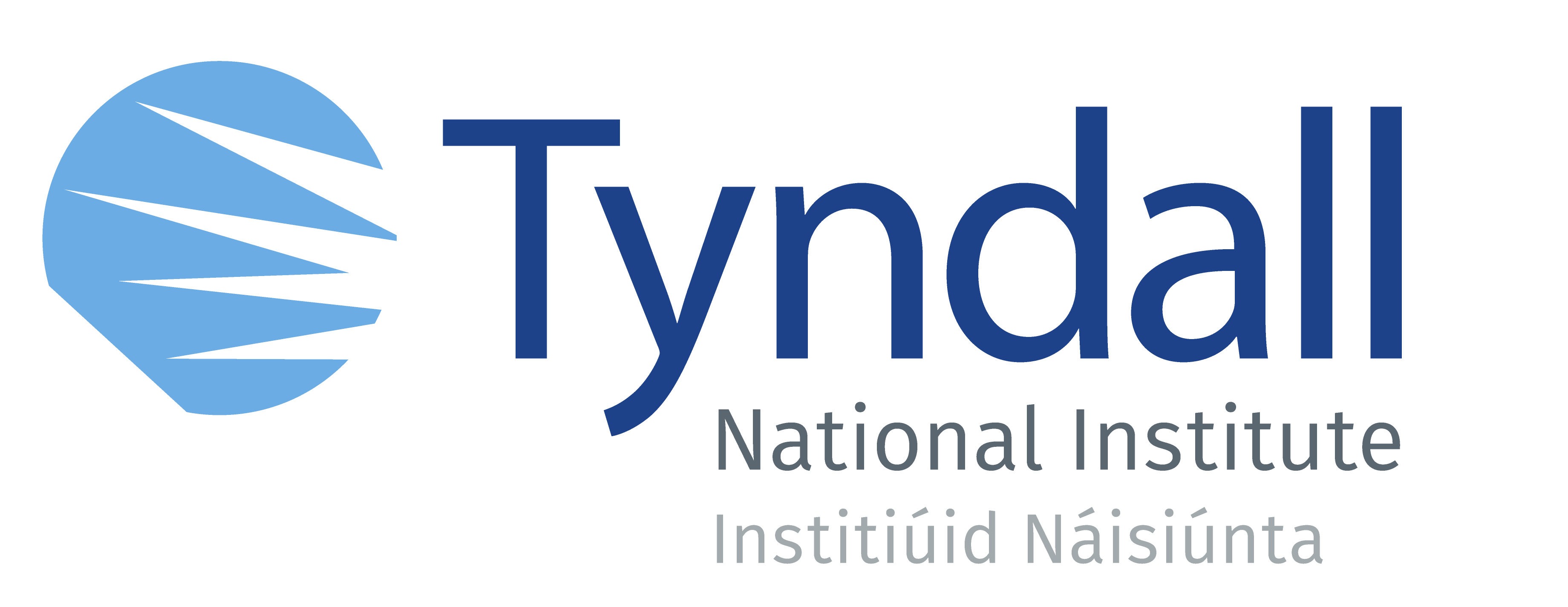Photonics include all sciences and technologies involving light. It has already revolutionized biology and medicine several times in History, and still continues to do so: electron microscopy, X-rays, endoscopy, flow cytometry, eye surgery and optic fiber are only few examples of the many photonics-based technologies impacting healthcare. With the support of two leading European organisations in photonics, the Tyndall Institute and the European Technological Platform Photonics21, NOBEL has released a fact-sheet highlighting the impacts of photonics on the future of healthcare.
A revolution in medicine: allowing to see the tiniest
With the invention of microscopes at the end of the XVIth century, photonics has been totally changing our understanding of biology and medicine. Nowadays, modern microscopes are not only able to visualise and analyse in real-time the content of human cells at the atomic level, even in 3D, and thereby to detect potential causes of pathologies (bacteria, viruses, mutations in DNA, tumours…), but also to track and manipulate these tiny objects and to develop new therapeutic approaches (imaged-guided surgery for instance).

Many other applications of photonics for healthcare are already available
While glasses represent the longstanding and widespread solution to correct myopia, hyperopia or astigmatism, eye laser surgery is seen as the long-term alternative. Beyond ophthalmology, the fact that light propagates 1014 times faster than electricity and is able to cross many biological barriers confers significant advantages to photonics-based devices in terms of both operating speed & range of uses.
An increasing number of treatments, notably in oncology, are based on light as it allows to specifically target diseased tissues or cells (like radiotherapies targeting tumours for instance). Many diagnostic approaches also use light to sense and to detect abnormalities in the human body. Contactless, non-invasive photonic-based sensors are particularly popular in wearables like smart watches as they provide fast, and precise health information (pulse oximetry, optical heart rate). Last but not least, optical fibre technologies have revolutionized telecommunication by enabling big data transfer with reduced latency, which notably paves the way for remote surgery.


What will photonics bring to medicine in the future?
Improved prevention and diagnosis
Thanks to easy-to-access, non-invasive, low cost, continuous and portable screening methods
Precise localisation of malignant tumours and functional analysis of diseases
Safer and personalised therapies
Image-guided interventions
Continuous remote monitoring of patient health parameters
Thanks to photonic components included in wearable device
Download & share the NOBEL fact-sheet on photonics for healthcare!
Special thanks to the Tyndall Institute and the European Technology Platform Photonics21 who shared their expertise and provided the information needed to design this document. The full fact-sheet on Photonics in Healthcare aims at highlighting the convergence of photonics with other key enabling technologies such as nanotechnologies, electronics, advanced materials, having all in common the healthcare application. The fact-sheet is intended to bridge scientific communities and to propagate a common vision for the future of healthcare in Europe based on a concept developed by NOBEL, the Continuum of Care. Make it yours!


